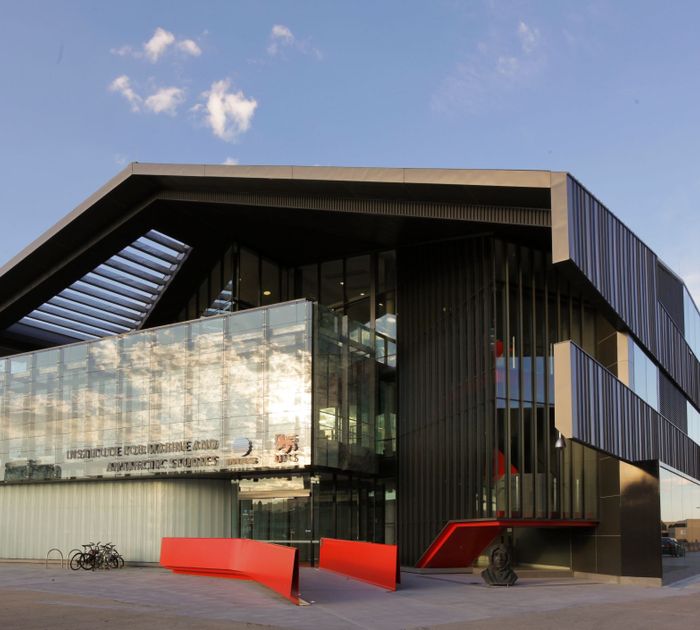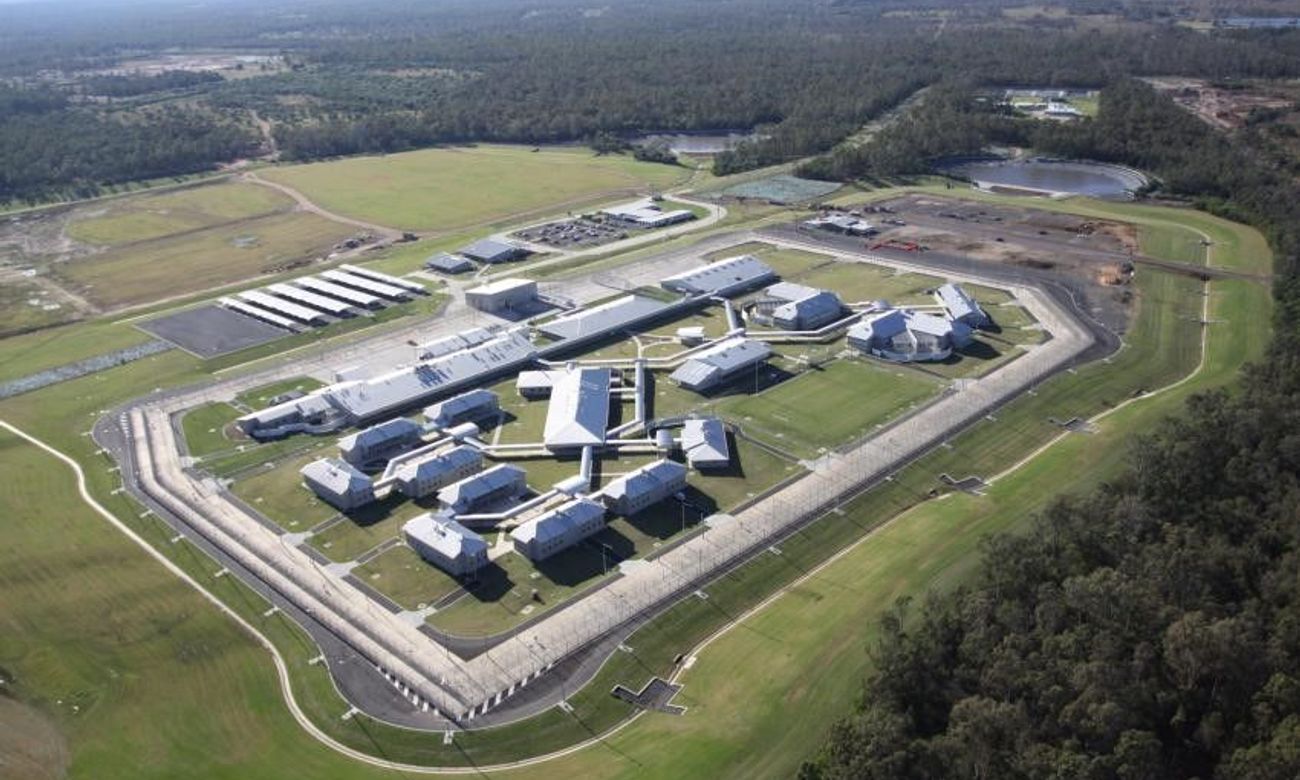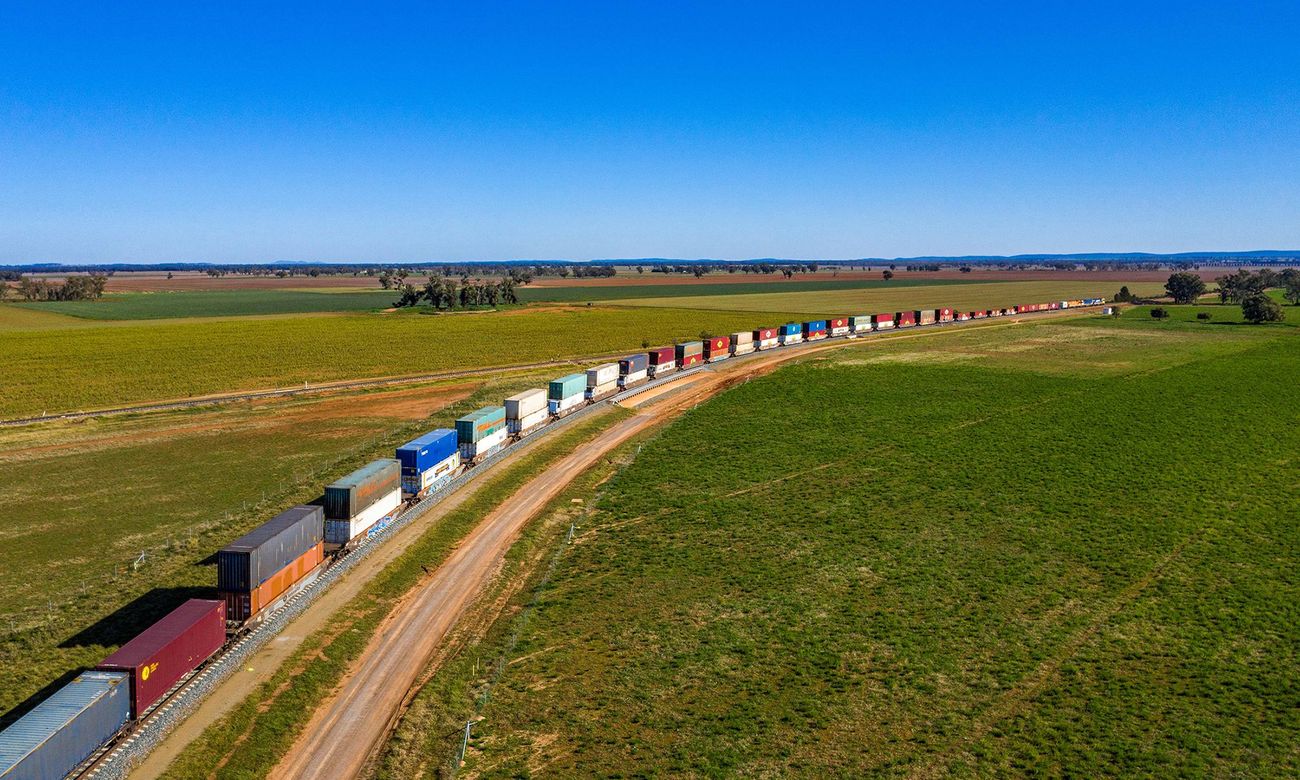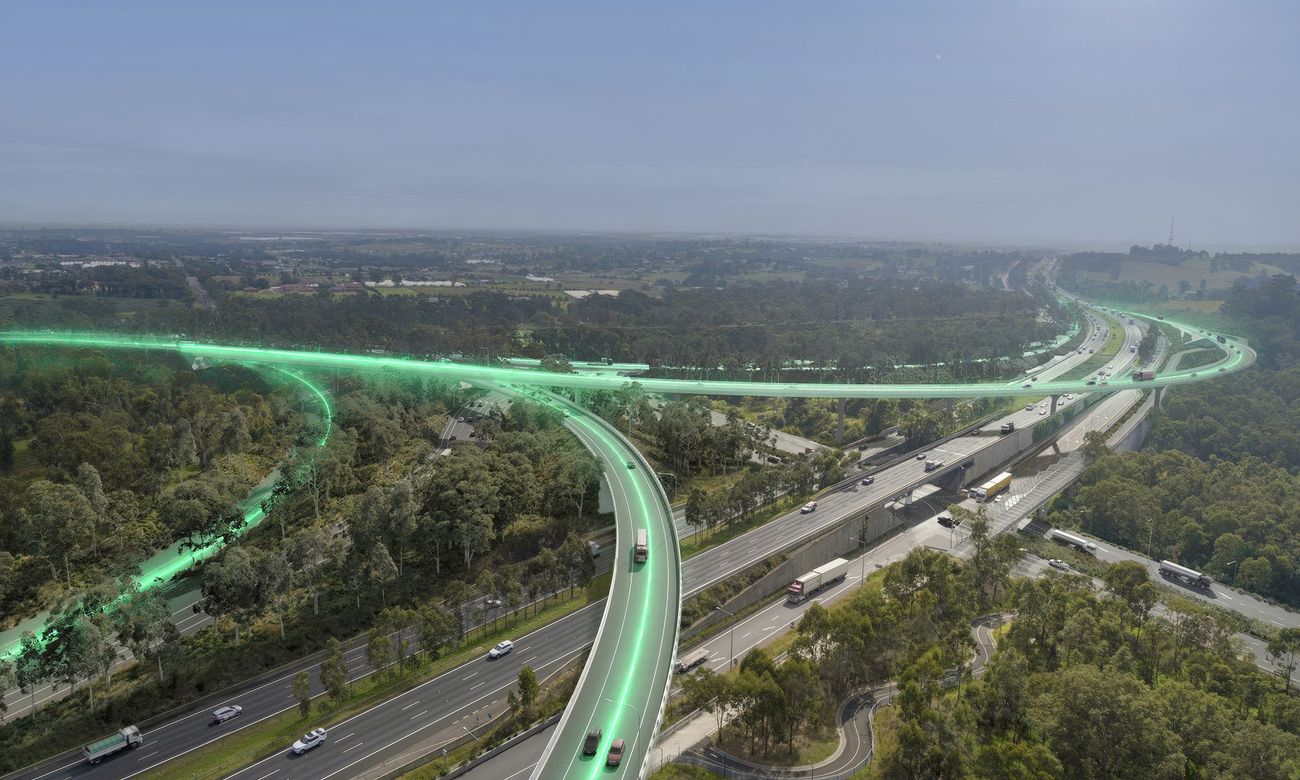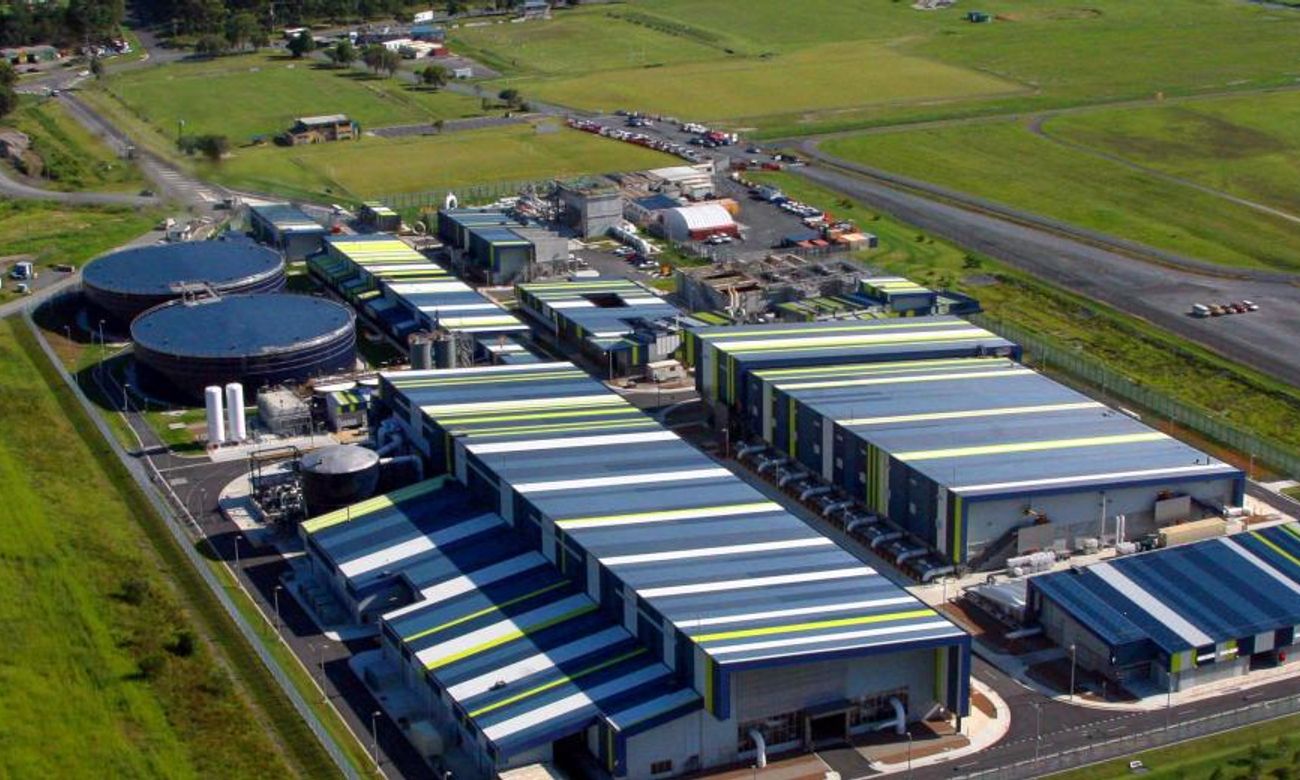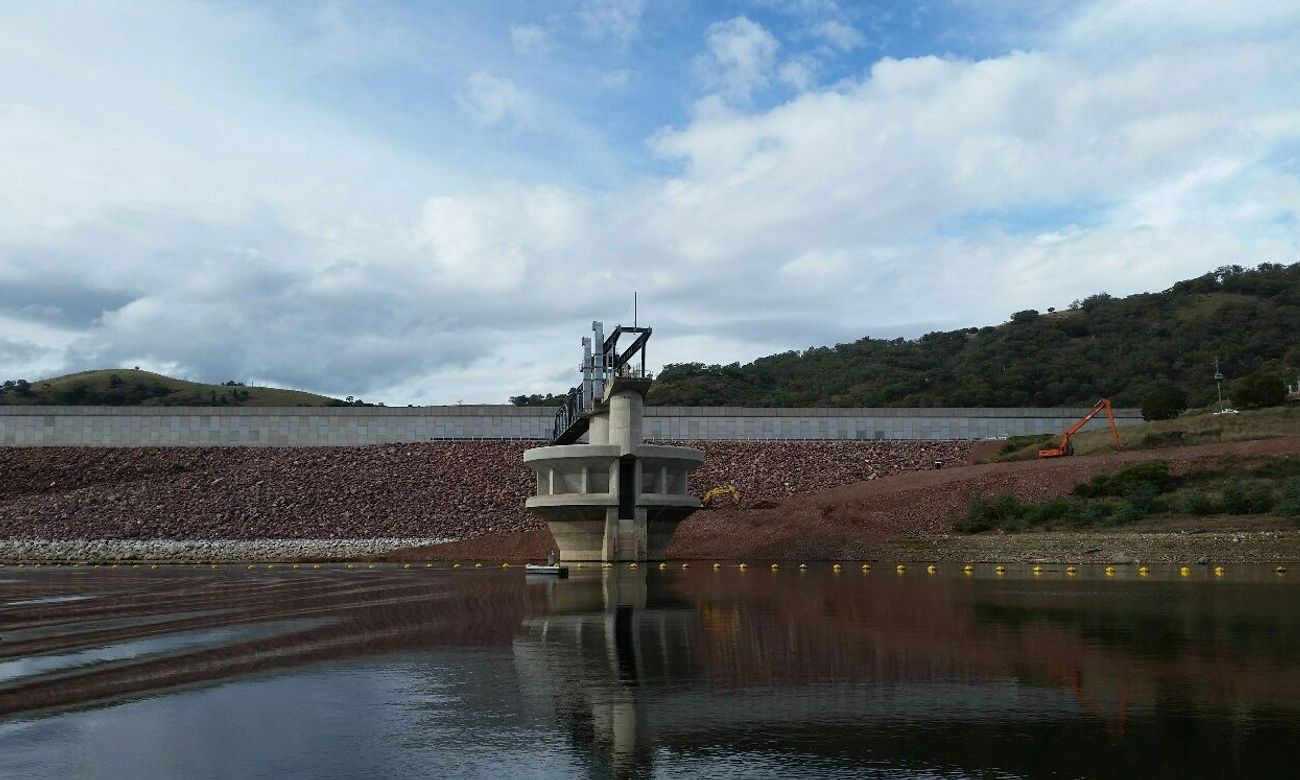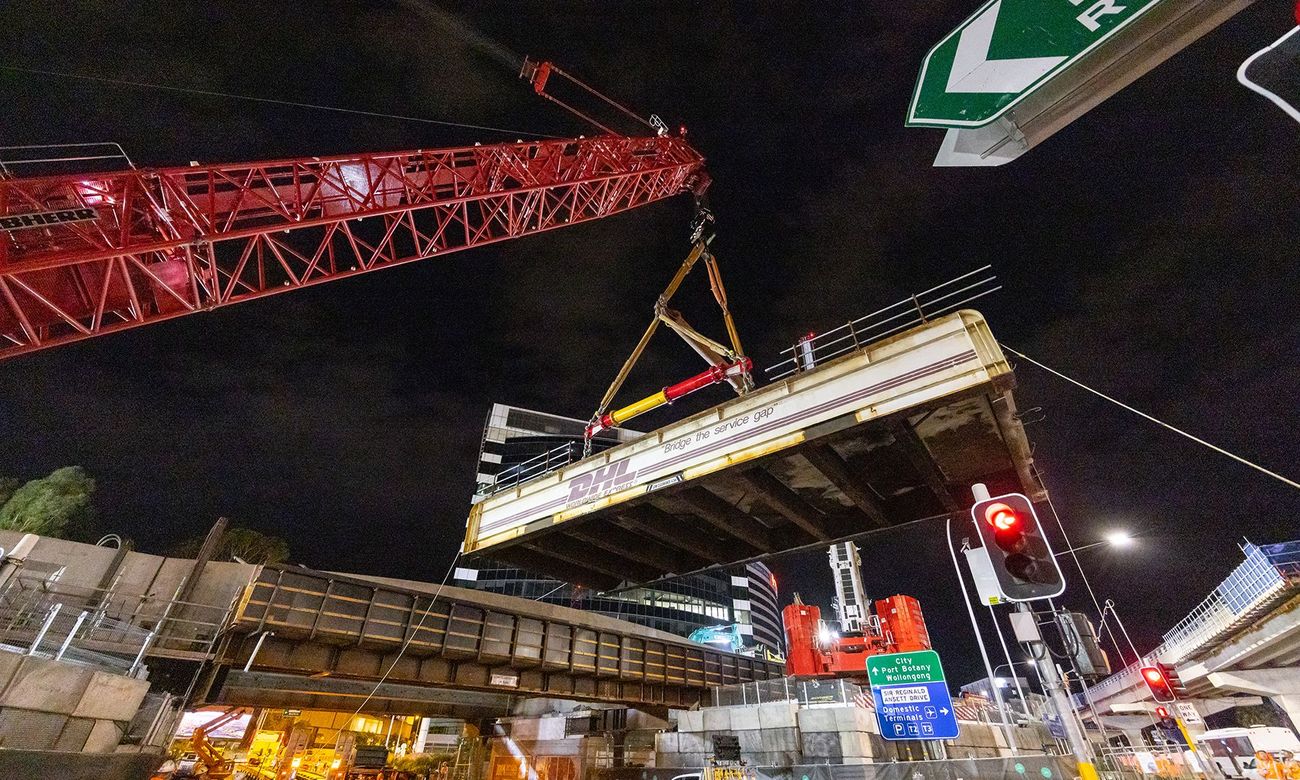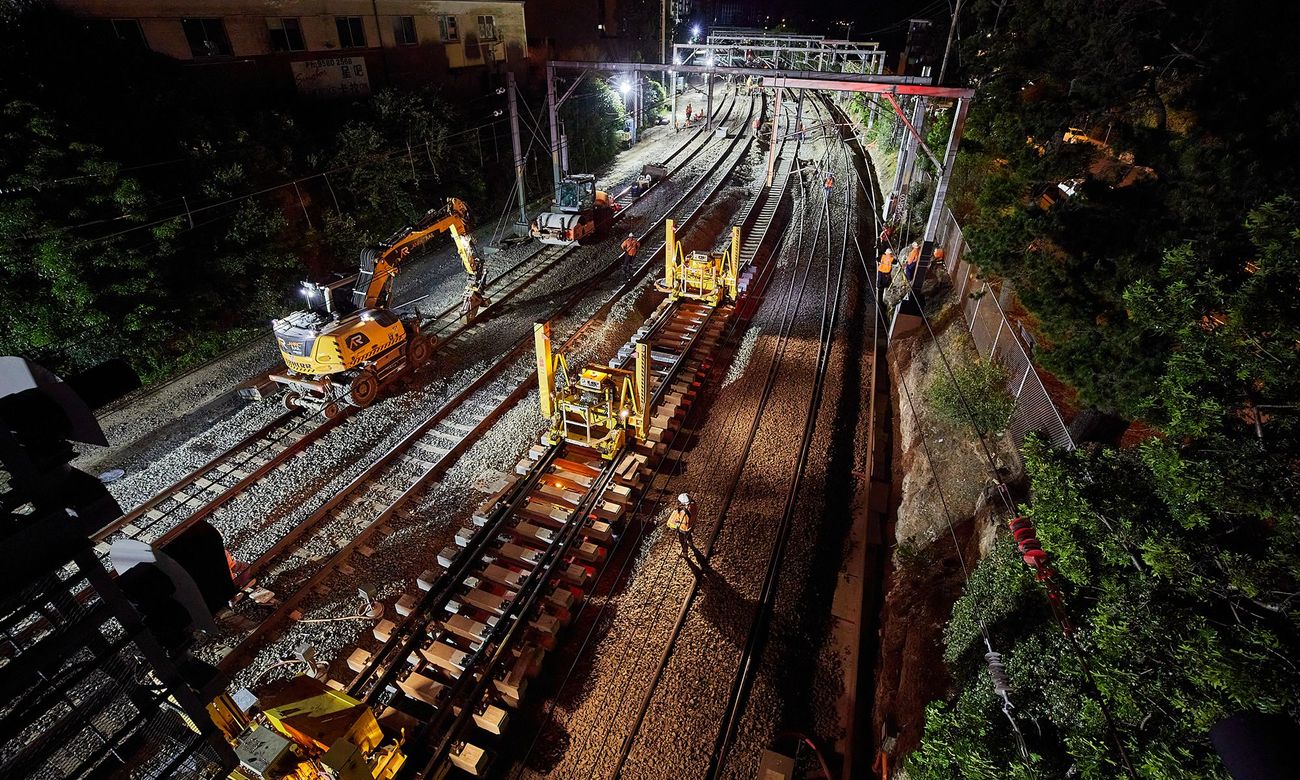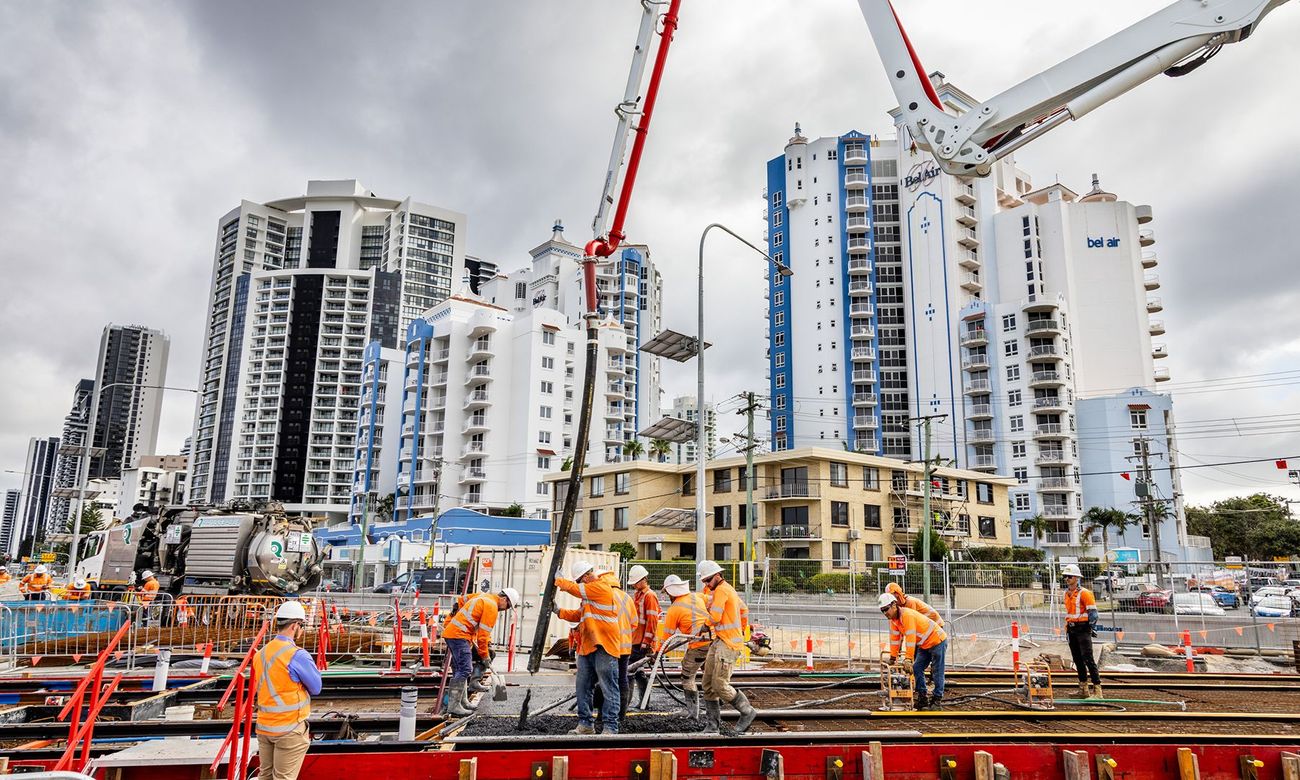
The $40 million facility is situated on Hobart’s Princes Wharf No 2 site in Sullivan’s Cove, and unites UTAS, the CSIRO and Tasmanian Government resources in a single marine science precinct.
Internationally recognised as a centre of excellence, the project is strategically located at the gateway to the Southern Ocean and Antarctica to facilitate research on fisheries, aquaculture, ecology, biodiversity and oceans.
A leader in scientific research and teaching, the Institute for Marine and Antarctic Studies (IMAS) unites University of Tasmania, CSIRO and other government-funded research resources in a purpose-built 7,500m2 marine science precinct.
The building accommodates 250 research staff and students and includes:
- Five purpose-built state-of-the-art laboratories, including PC2 and QC2 wet and dry research laboratories, and PC1 teaching laboratories
- Controlled temperature and centralised culture facilities, including ice labs and sea ice labs Centralised instrument facility
- Public exhibition area
- 92-seat UN-style lecture theatre with wharf access
- Computer teaching lab and specialist computer modelling facilities
- Flexible learning spaces
- Loading dock with waste and storage facilities.
To enable the public to see and appreciate the work undertaken by IMAS, the project required high levels of visibility from the street and waterfront. IMAS’s location adjacent to the Aurora Australis berth also attracts a significant number of visitors and dignitaries interested in its research.
- Customer
University of Tasmania - Location
Hobart, Tasmania - Specialisation
Education & research - Start
April 2013 - End
July 2015
